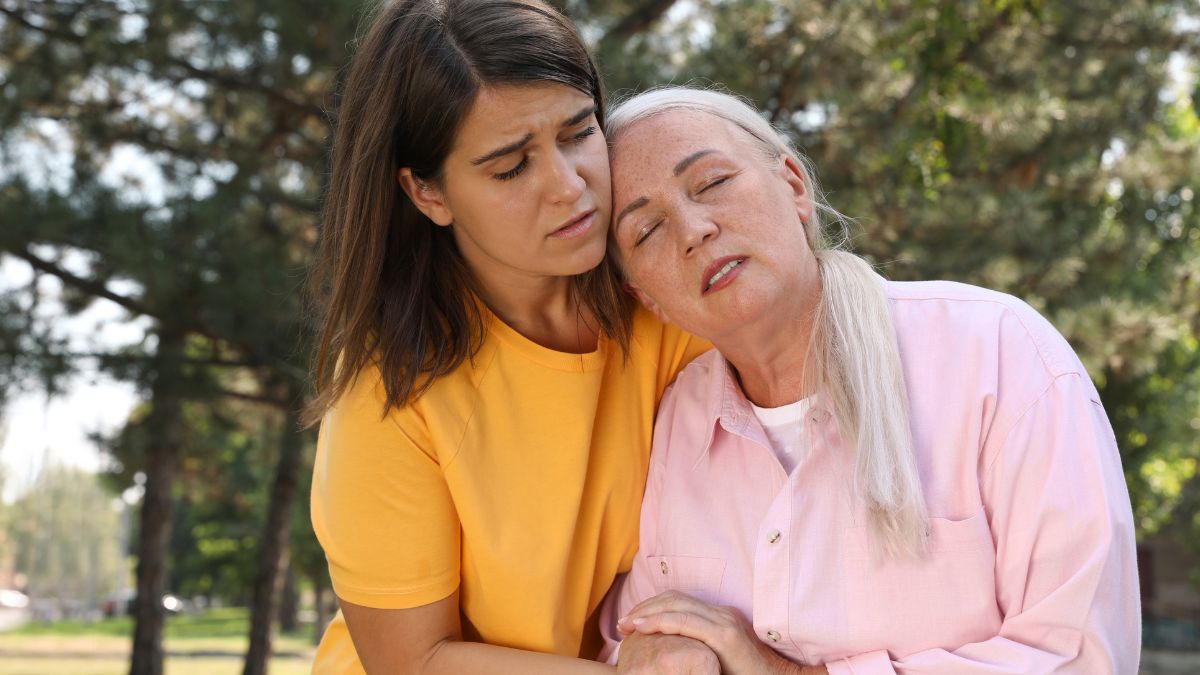- By Iram Hussain
- Sun, 27 Apr 2025 06:25 PM (IST)
- Source:JND
As temperatures soar, the risk of heat-related illnesses increases. Heat stroke and heat exhaustion are two common conditions that can have devastating consequences if left untreated. While both are caused by prolonged exposure to high temperatures, they differ significantly in severity, symptoms and treatment. Recognising the distinct warning signs is important, especially during hot weather or intense physical activity.
In a conversation with Jagran English, Dr Satish Koul, Senior Director & Unit Head - Internal Medicine, Fortis Memorial Research Institute, Gurugram explained the difference between heat stroke and heat exhaustion.
Heat Exhaustion
Heat exhaustion is the body’s response to excessive heat and dehydration. It typically occurs after prolonged exposure to high temperatures, especially when combined with high humidity and physical exertion. The symptoms of heat exhaustion include heavy sweating, weakness, dizziness, headache, nausea, muscle cramps and cool and clammy skin. The body temperature may rise but usually stays below 104°F (40°C). Heat exhaustion is serious but not immediately life-threatening if treated promptly. Resting in a cool place, drinking fluids and using cool compresses can often reverse the symptoms.
Heat Stroke
In contrast, heat stroke is a medical emergency that occurs when the body can no longer regulate its temperature, causing the internal temperature to rise rapidly, often above 104°F (40°C). It can develop quickly and may follow untreated heat exhaustion. The key signs of heat stroke include a high body temperature, hot and dry skin (or profuse sweating in some cases), confusion, slurred speech, seizures and loss of consciousness. The body’s cooling mechanisms fail, leading to potential damage to the brain, heart, kidneys and muscles. If not treated immediately, heat stroke can be fatal.

Heat stroke is a more serious health condition (Image Credits: Canva)
The doctor said, the most important difference is the severity: heat exhaustion is a warning while heat stroke is life-threatening. If someone shows signs of heat stroke, call emergency services immediately and try to cool the person down with ice packs, fans or by immersing them in cool water while waiting for help.
How to prevent heat stroke and heat exhaustion?
Preventing both conditions involves staying hydrated, avoiding strenuous activity during peak heat hours, wearing lightweight clothing and taking breaks in shaded or air-conditioned environments. Recognising the early signs of heat exhaustion and taking action can prevent the progression to heat stroke.
In summary, while heat exhaustion and heat stroke are both caused by prolonged heat exposure, heat stroke is far more dangerous and requires immediate medical attention.
ALSO READ: 5 Refreshing Homemade Drinks That Can Help Prevent Heatstroke
ALSO READ: Travelling In Heatwave? 5 Essential Safety Tips Travellers Should Follow

